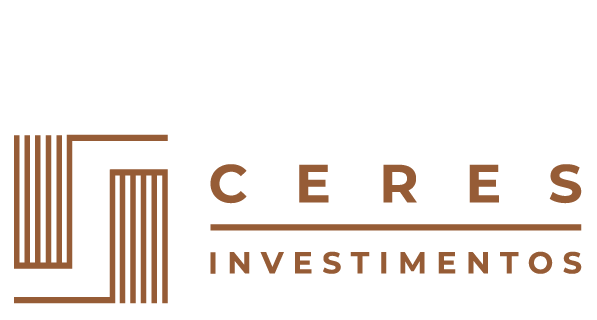While securitized assets stand out in growth, debentures lead in volume: fundraising is approaching R$235 billion in 2022.
Two securities that draw attention for being exempt from Income Tax stood out in the issuances carried out in the capital market in November: CRAs (Agribusiness Receivables Certificates) and CRIs (Real Estate Receivables Certificates). The assets, which had already been growing throughout the year, reached fundraising of R$1.2 billion in the case of CRAs and R$4.5 billion in the case of CRIs.
Together, the instruments total a volume of R$79.9 billion in issuances so far this year, an increase of 69% compared to the same period in 2021. The data is from the Brazilian Association of Financial and Capital Market Entities (Anbima).
Considering the CRAs offerings completed in 2022, there were R$38.7 billion between January and November, with an average term of almost eight years (a record for the series since 2016). “Securitized products have established themselves as an option for portfolio diversification, both for managers and investors, guaranteeing an important position as financing vehicles for long-term projects, especially in strategic segments”, says José Eduardo Laloni, vice president of Anbima.
The exemption from income tax is one of the main advantages of these securities. Investors looking for more daring options find an alternative in them. With a return normally higher than that of government bonds, receivables certificates are issued by private companies – securitization companies. And they are backed by credit operations linked to the real estate and agribusiness sectors.
CRIs and CRAs are two different (although similar) types of fixed-income securitized securities. Securitization is the same as transforming receivables – such as installments from a sale on credit or payments for financing – into securities that can be purchased by investors and traded on the market.
According to Anbima, in relation to CRAs holders, intermediaries and other participants linked to the offering are the main creditors, with 42.8%. Individuals come next, with 32.4%. Investment funds have started to take a larger position in the primary market, with 16.2%. Other institutional investors and foreign investors hold 8.6% and 0.1%, in that order.
A worthy competitor for debentures?
“What we are seeing in 2022 is the capital market expanding towards debt instruments as a whole, due to the high interest rate cycle that has shifted the allocation of variable income investors in search of more attractive remuneration in structured debt funding”, says Thiago Lobato, head of capital solutions at Ártica.
According to him, the advantages of incentivized assets regarding tax exemption for individuals also increase the attraction of “additional funds” for this type of instrument. “In the same direction, looking at the issuing companies, we see greater access to the market by the middle market [small companies] and regulatory advances in the sector that have facilitated this growth trajectory.”
The expectation, says Lobato, is that the scenario that is emerging for next year will be in line with the market evolution in 2022. In other words, the high interest rate level tends to maintain the allocation of funds and other investors in fixed income.
In addition, advances in market regulation tend to facilitate this path for companies that increasingly rely on this source of funding. “Therefore, it is expected that the volume of commercial notes will be increasingly representative and the securitization market will maintain a representative volume compared to private credit fundraising, which is still mostly via debentures.”
Debentures
Considering all capital market instruments, both fixed and variable income, issuances by Brazilian companies totaled R$21.5 billion in November. The accumulated result for the year reached R$466.5 billion, a reduction of 10.6% compared to the same period in 2021. To date, the offers in progress and under analysis total R$8.9 billion and R$8.4 billion, respectively (disregarding the volume of share offers).
The most representative assets are concentrated in fixed income – debentures, for example. While CRIs and CRAs showed greater growth, debentures were the assets with the largest volume of fundraising. Between January and November, the instrument moved almost R$235 billion. This is despite a drop last month, when debentures raised R$8.6 billion, compared to R$21.3 billion in October.
This drop in the month is related to the movement of companies to anticipate issuances during this year and to domestic uncertainties associated with the economic policy of the next government, which left the interest rate curve higher, especially at the longer vertices.
Throughout the year, Brazilian companies obtained financing especially with investment funds investment (45.5%), intermediaries and other related participants (43.9%), who were the main subscribers of the debenture offerings.
Variable income
This is definitely not the time for variable income: there were no operations recorded in November. In the year, R$52.3 billion were raised in the domestic market, of which R$406 million in IPOs and R$51.9 billion in follow-ons.
To the detriment of variable income operations, interest rate cuts should be postponed from June to August 2023, and the Selic rate should remain in double digits until the end of next year, according to Anbima’s Macroeconomic Group.
In the foreign market, despite the relative improvement, no operations were recorded in the last five months. In the year, there were 12 operations, corresponding to volumes of US$5 billion in fixed income and US$125 million in variable income.
Source: Infomoney Magazine

